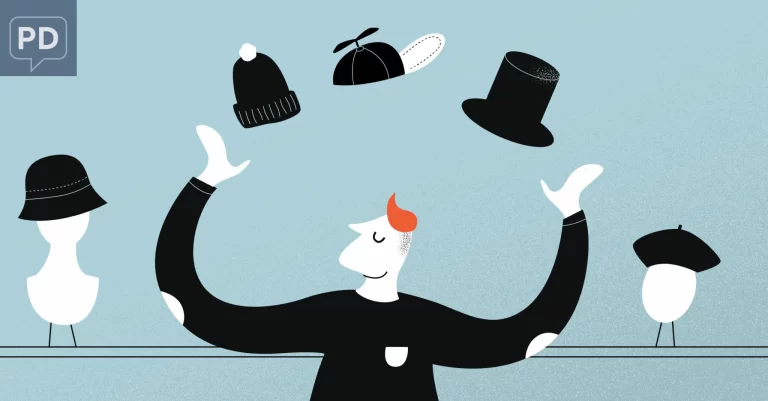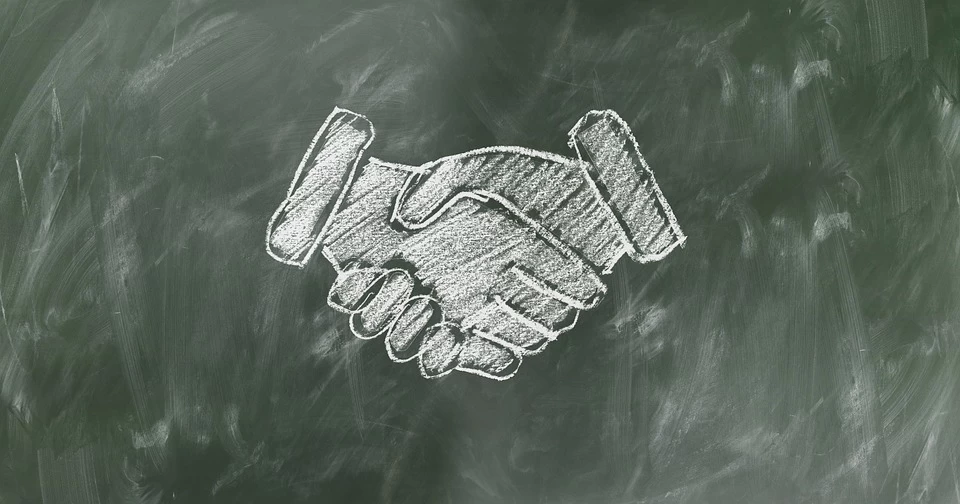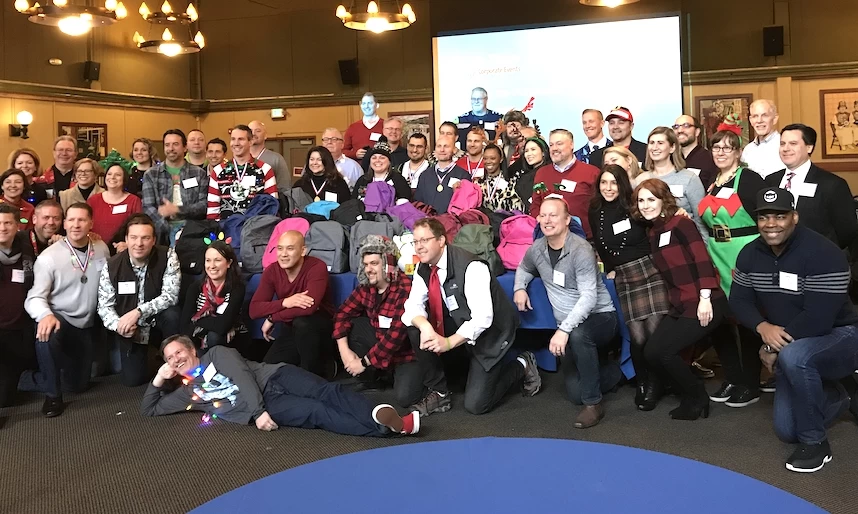What Makes an Effective Team Building Facilitator?
An impactful and memorable team building event starts with effective facilitation. Having an experienced, engaging team building facilitator is vital to creating an experience that teaches leadership, communication, and problem-solving skills to participants while also being fun and engaging.
Why is that person called a “facilitator” instead of something else, like a team building leader, organizer, or instructor? Because facilitator is the most descriptive term and encompasses all the different roles involved in creating an enjoyable and valuable experience.
An effective team building facilitator is able to transition through several distinct roles very quickly, ultimately going from initially being the focus to transitioning to making the team members the focus seamlessly. Here are four essential roles that the facilitator progresses through during the course of the team building exercise.
The Four Key Roles of a Team Building Facilitator
1. Team Building Organizer
Before team members arrive or any activities begin, the facilitator acts as the organizer. They speak to the client or meeting planner to ensure the chosen activity aligns with the team’s goals and outcomes. Upon arrival, the facilitator will spend time making sure the room/outdoor space is set up ideally for the participants to enjoy and will get the most out of the experience, including making sure the tables and chairs are arranged properly and the sound system works. They ensure that all of the materials and equipment needed are on hand. That the room isn’t too hot or cold.
The critical objective in this role is to create an environment for success. The facilitator works to make sure the room or other event venue is comfortable, organized, and as free of distractions as possible so that the participants can focus on working through the activity (and on having fun doing it).
2. Temporary Team Leader
The second role is that of (temporary) leader. Once the team members arrive and are ready to take part, the facilitator introduces the activity, explains the objective, answers any questions, and provides the team members with the information and materials they need.
3. Team Building Coach
As the activity progresses, the facilitator transitions to the role of coach. The facilitator makes the participants the focus. In this role, the “coach” applauds team members, celebrates their successes, gives feedback and guidance, keeps the activity running smoothly, allows fun and friendly competition, and, if applicable, recognizes team members when they come up with solutions that everyone in the group can learn from. Like any good coach, they put the spotlight on the “players,” making the team members the superstars of the activity or program.
4. The Facilitator as a Role Model
The final role of the facilitator is to be a role model. Part of the way they teach communication, collaboration, problem-solving, and engagement is by modeling that behavior. They communicate clearly, answer clarifying questions, and collaborate with the participants.
A team building facilitator needs to be able to adjust to any situation that arises once the program has started. They problem-solve on the spot, manage change on the fly, and demonstrate everything they want from the participants, so those team members know they are in the hands of a facilitator who can confidently and competently “drive the bus.”
Conclusion: Why Is a Team Building Facilitator Essential?
An effective team building facilitator is crucial for creating a memorable and impactful team building event. By transitioning through various roles such as organizer, leader, coach, and role model, the facilitator ensures a smooth and engaging experience. Additionally, qualities such as being prepared, knowing the participants, fostering a friendly atmosphere, engaging everyone, and communicating clearly further contribute to the success of the event.






